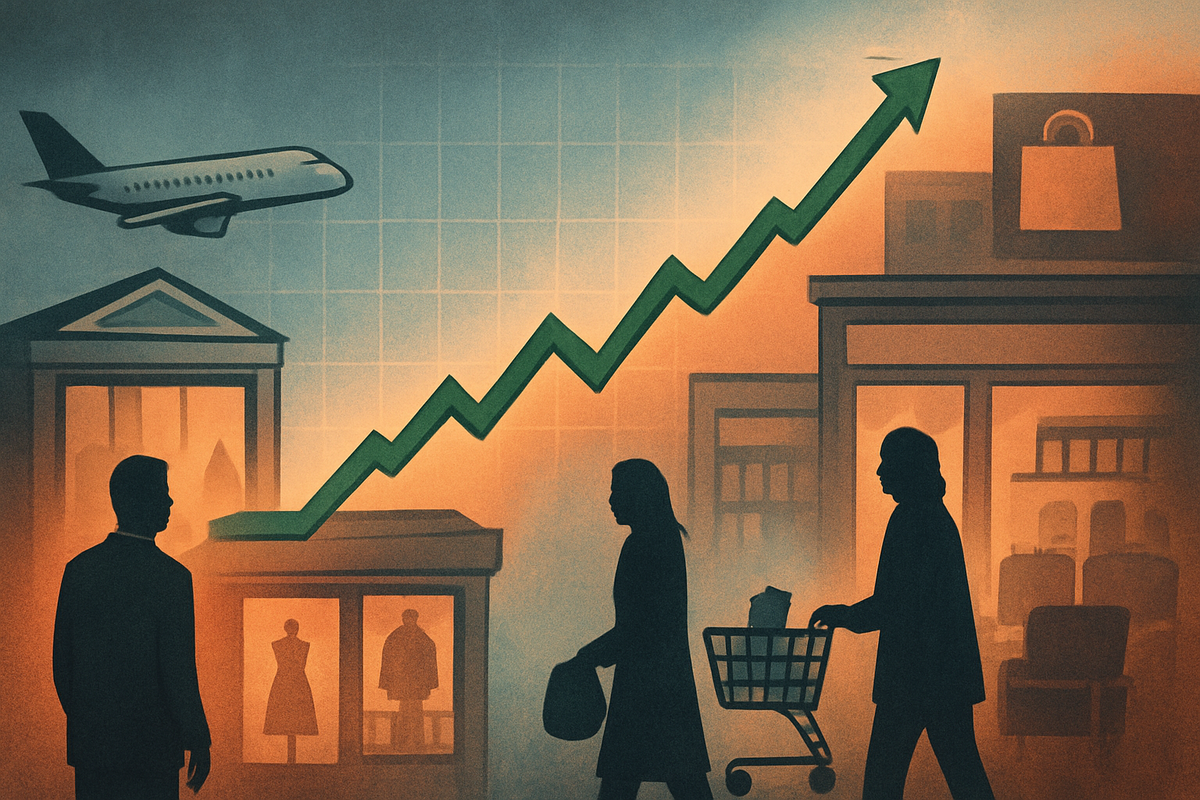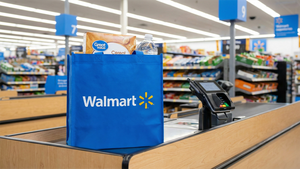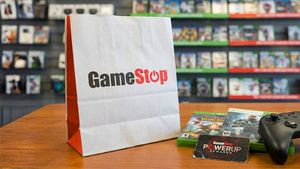
November 19, 2025 – As the broader S&P 500 experiences a modest rebound today, the Consumer Discretionary Sector finds itself in a complex and often contradictory position. While the market shows signs of recovery, largely driven by resilient tech giants, the consumer-facing industries are grappling with a cautious consumer sentiment that continues to temper growth expectations. This dynamic performance underscores a growing divergence within the market, where individual company strengths and weaknesses, alongside broader economic pressures, are dictating sector-specific movements.
The sector's performance today, November 19, 2025, reflects a nuanced battle between a recovering overall market and persistent headwinds from consumer spending trends. Despite the S&P 500 (SPX) gaining 0.25% and the Nasdaq Composite (IXIC) advancing by 0.52%, the Consumer Discretionary Select Sector SPDR Fund (XLY) traded near pivotal points, indicating a struggle for clear direction. This comes on the heels of several challenging sessions earlier in November, where the sector was identified as a significant laggard, underperforming the broader market even as its year-to-date performance remained positive.
A Closer Look at the Sector's Day-to-Day Battle
The current landscape for the Consumer Discretionary Sector is marked by a tug-of-war between underlying financial health and immediate market pressures. While the XLY boasts a robust Return on Equity (ROE) of 40% and a 3-year earnings growth rate of 20.89%, suggesting strong long-term fundamentals, its short-term trajectory has been rocky. The days leading up to November 19 saw the S&P 500 and Nasdaq 100 (NDX) endure four consecutive sessions of declines, with consumer discretionary stocks bearing a significant portion of the burden. This period highlighted a broader trend of tech-heavy sectors, including discretionary, underperforming throughout November.
A key factor influencing this performance is the pronounced deterioration in consumer sentiment. The preliminary Michigan Consumer Sentiment index for the USA dipped to 50.3 by November 7, 2025, coupled with the US Economic Optimism Index falling to 43.9 for November. These figures paint a clear picture of a consumer base increasingly wary of economic conditions and planning to scale back non-essential purchases, particularly as the 2025 holiday season approaches. Analysts are forecasting a challenging Q4 for consumer discretionary companies, with expectations of a 3.2% decline in earnings for the quarter.
The "two-speed economy" phenomenon is also playing a critical role. While more affluent consumers continue to spend, lower-income households are notably reducing their discretionary outlays due to persistent inflation and job market uncertainties. This disparity creates a complex environment for retailers and service providers, forcing them to adapt strategies to cater to diverse spending capacities. Despite these broad concerns, the travel industry remains a notable bright spot, demonstrating vibrant activity and emerging as a pocket of strength within the otherwise cautious sector.
Corporate Fortunes Diverge: Winners and Losers Emerge
The mixed performance of the Consumer Discretionary Sector is further illuminated by the contrasting fortunes of individual companies. On one hand, some major players have faced significant headwinds, contributing to the sector's overall struggles. For instance, Home Depot Inc. (NYSE: HD) saw its shares sink approximately 6.0% after cutting its profit outlook, signaling caution in the home improvement market. Similarly, Target Corporation (NYSE: TGT) experienced stock declines as consumers reevaluated non-essential purchases, and the company maintained a forecast of slightly decreased sales for Q4 2025 while revising its full-year earnings outlook downward. Even e-commerce giant Amazon.com Inc. (NASDAQ: AMZN), a substantial component of the XLY, slumped 4.4% on November 18.
Conversely, other companies within the sector have managed to defy the broader trend, showcasing resilience through strong earnings and strategic positioning. Lowe's Companies Inc. (NYSE: LOW) jumped more than 5% after beating earnings expectations, indicating a potential divergence in the home improvement segment. The TJX Companies Inc. (NYSE: TJX), parent of TJ Maxx and Marshalls, also saw its shares rise by 3% after its earnings and revenues surpassed estimates, highlighting the strength of discount retail in a cost-conscious environment. Furthermore, several companies have demonstrated impressive one-year returns as of early November 2025, including Tapestry Inc. (NYSE: TPR) (127.61%), Tesla Inc. (NASDAQ: TSLA) (80.83%), Ralph Lauren Corp. (NYSE: RL) (56.83%), DoorDash Inc. (NASDAQ: DASH) (54.50%), and Williams-Sonoma Inc. (NYSE: WSM) (46.75%), indicating that strong brands, innovative offerings, or niche market leadership can still thrive.
Broader Implications and Historical Context
The current state of the Consumer Discretionary Sector is deeply intertwined with broader economic trends and offers insights into the health of the U.S. economy. The widespread caution among consumers, driven by persistent inflation and rising prices—concerns that have lingered since November 2024—suggests that economic pressures are translating directly into reduced spending on non-essentials. This trend has significant ripple effects, not only on retailers but also on manufacturers, logistics providers, and even advertising agencies dependent on discretionary spending.
Historically, the Consumer Discretionary Sector is often considered a bellwether for economic health. Its underperformance during a broader market rebound, especially one fueled by tech and AI-driven mega-caps, suggests a "K-shaped" recovery where certain segments of the economy and population thrive while others lag. This scenario echoes periods of uneven economic growth where disparities in income and wealth significantly impact spending patterns. Regulatory bodies and policymakers will be closely watching these trends, as sustained weakness in consumer spending could necessitate interventions to stimulate demand or support vulnerable households. The anticipated 5% year-over-year decline in average seasonal spending for the 2025 holiday season, the first significant drop since 2020, underscores the severity of the current consumer outlook and its potential to impact GDP growth.
What Comes Next: Navigating Uncertainty
Looking ahead, the Consumer Discretionary Sector faces a period of continued uncertainty and adaptation. In the short term, companies will likely double down on strategies to attract value-conscious consumers, such as promotions, loyalty programs, and a focus on essential-adjacent discretionary items. The upcoming holiday season will be a critical test, with retailers needing to manage inventory carefully and offer compelling reasons for consumers to spend. For the long term, strategic pivots towards more resilient business models, enhanced digital capabilities, and diversified product offerings will be crucial.
Market opportunities may emerge for companies that can effectively cater to the "two-speed economy," either by offering premium experiences to affluent consumers or by providing high-value, affordable options to budget-conscious shoppers. Innovation in areas like personalized shopping experiences, efficient supply chains, and sustainable practices could also provide a competitive edge. However, challenges such as sustained inflation, potential interest rate hikes, and further deterioration in consumer confidence remain significant threats. Potential scenarios range from a gradual recovery in consumer spending if economic conditions improve, to a prolonged period of cautious spending if inflationary pressures persist and job markets weaken. Companies that fail to adapt to these shifting consumer behaviors risk losing market share and facing financial strain.
A Sector at a Crossroads
In summary, the Consumer Discretionary Sector on November 19, 2025, presents a complex picture of resilience and vulnerability. While the broader market enjoys a rebound, largely propelled by tech, consumer-facing businesses are contending with a cautious and cost-conscious public. Key takeaways include the significant impact of declining consumer sentiment, the emergence of a "two-speed economy," and the divergent performance of individual companies within the sector.
Moving forward, the market will closely scrutinize upcoming economic data, particularly consumer confidence reports, inflation figures, and holiday sales results. Investors should watch for companies demonstrating strong brand loyalty, efficient operational models, and a clear strategy for navigating varying consumer spending tiers. The travel industry's continued strength offers a glimmer of hope, suggesting that certain experiences remain prioritized. The lasting impact of these trends will shape the retail and services landscape for months to come, emphasizing the need for agility and a deep understanding of evolving consumer behavior.
This content is intended for informational purposes only and is not financial advice






